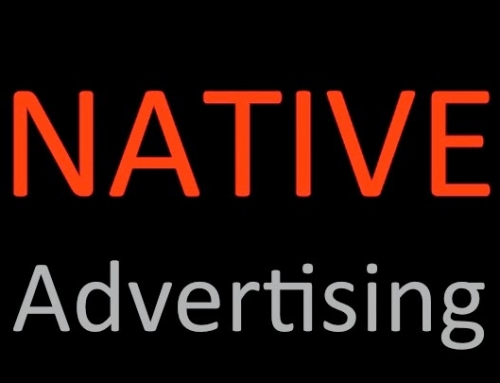Publicity, PR, press relations, public relations, news releases, whatever buzz words you’re used to, PR is changing. And it is changing due to social media, blogging, Twitter, microsite groups, and the like. Gone are the days where a PR agency was hired by a company to create buzz either through press releases or staging events. PR has gone through a metamorphosis during the past decade. Since anyone can sign up with such entities as PRWeb, everyone now is a PR expert. Right? NOT!
PR still needs to be newsworthy even though the delivery systems are simplified and available to a mass number of people. But, that causes many problems for companies these days since there is so much media to monitor. It used to be only several major national or local newspapers; maybe the big 3 networks. Now, individuals who create a blog in an instant are reporting the news. And that’s where many companies fail to embrace the new trends.
I recently viewed an on-demand webcast titled “Retweet Engagement Means Business” created by Vocus, PRWeb’s parent company, and I listened to several excellent speakers on the subject: Brian Solis, Lee Odden, Beth Harte, and Deirdre Breakenridge. All of them spoke about the new face of public relations even though they focused on individual topics. Brian spoke about Engage or Die. Lee’s topic focused on Search Engine Optimization of online PR. Beth was more about integrating marketing communications. Deirdre focused on social media power. But the one common thread they had was a discussion about the engagement of your target audience. No longer is PR about pitching a story to an editor … but it is about engaging your audience. That word “engage” scares most PR professionals. Aren’t they just supposed to push their stories out there and hope and pray that someone picks up the story? And if they are even luckier, maybe the editor will actually call and want to interview that company’s executive? Not any more. Anyone can now speak positively or negatively about an experience they’ve had with your company. From bloggers to YouTube videos to Facebook and Twitter posts, companies need to know how to react and monitor these impressions.
One of the speakers gave an example of how to take advantage of a news event. He relayed a major airline’s handling of a PR situation and how other companies took advantage of the event and gained great PR for their company. The story goes like this: A disgruntled passenger, who was a musician, had a guitar that was lost or damaged in transit on a flight. Unfortunately, the airline wouldn’t make any recompense to the passenger. So, the passenger decided to take his plight to the blogosphere. Since he was a musician, he wrote a song and made a video that he posted on YouTube. When the airline got wind of the story they panicked, consulted with their attorneys, and decided to do nothing, hoping that the bad publicity would go away. On the other hand the manufacturer of the guitar got wind of the story and offered a brand new guitar to the passenger. Another manufacturer of guitar cases got wind of the story and worked with the passenger to create a unique traveling case bearing the passenger’s name made specifically for airline travel. Unfortunately, because the airline was not willing to engage with the public before, during, or after the crisis, the bad publicity lingers on. Yet two other companies who weren’t even involved in the media crisis used it to their advantage.
If you are actively engaging with your customers, rather than just trying to push news out the door, when a crisis does happen, you will be better equipped to deal with it. So, this next year when you are putting together your PR plan, look at PR in a new light … engagement is the key buzz word.





